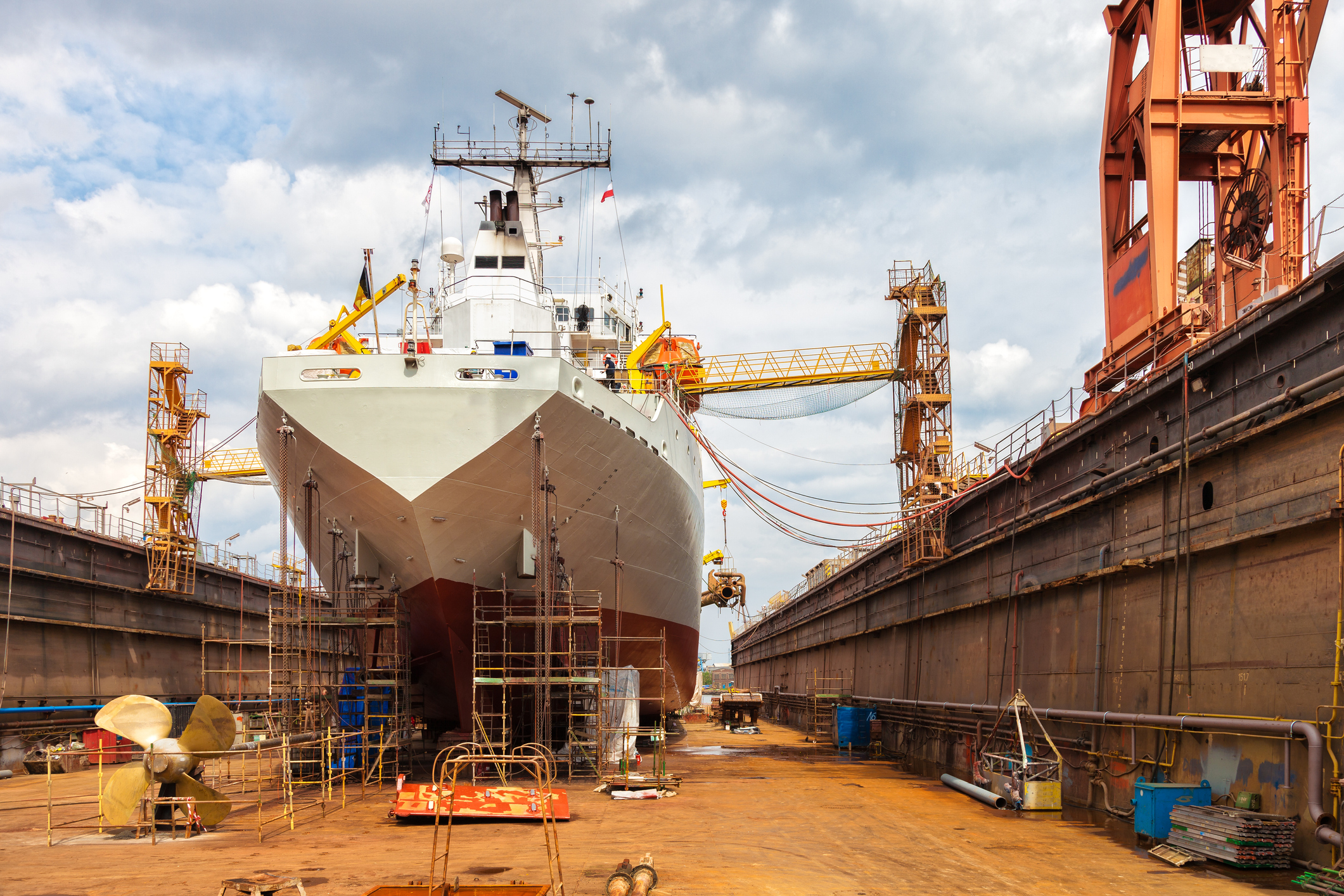Every now and then in the shipping news cycle, you’ll hear calls to reinvigorate shipbuilding in countries such as the US and across Europe. We’re experiencing such a moment right now. The fact is, however, the maths do not add up.
For an international traded commercial shipbuilding operation to work with ships built in the US, the price and delivery time will certainly have to come down drastically to match the fast-track building cycles that the Asian shipyards can meet. As an example of this, the medium-sized yards in South Korea can deliver between 10 and 15 ships in a calendar year, that’s steel cutting through to trials and final delivery to the client with the ability to deliver a diverse range of vessels from MR tankers through to 150,000 dwt suezmaxes in that time frame.
For reference an MR (50,000 dwt) coated product tanker from a Chinese or Korean yard is between $45m and $55m dependant on specification and will be delivered inside one year. How can American – or British yards for that matter – compete at that level, not forgetting that the yard infrastructures in US and UK shipyards would need a drastic overhaul just to engage in the block fabrication, outfitting and coating procedures required to make it profitable. And before people jump down my throat, I have worked in yards in the US, China and Korea for the past 27 years so I can give a comparison across the state of the yards.
It’s not just about the initial cost of the ship that counts, it’s the day charter rate that can be sought by the owner. The higher the ship cost, the higher the day charter rate needs to be towards oil majors and the like in the hope that they pay. I would like nothing more than to see a revitalised shipbuilding industry in the US and across the pond in the UK, but as someone once said to me: “It’s not how many ships in a year we can produce, it’s how many years per ship it takes.”
While it may sound like nit picking on my part, for the US to try and compete for the construction of international trading ships a simple thing like the terminology used outside of the US would need to be adopted. I refer of course to the metric system. The US is alone in this field, using feet and inches, so owners who may want to build in the States would require their vessels to be built using a metric system in line with the rest of their global fleet operations. The re-training of workers to adapt to a metric system, while at the same time holding on to the Imperial systems used on Jones Act vessels would be tricky. Imagine Newport News, or Philly or NASSCO trying to adapt to both imperial and metric for vessel construction, or do you have separate work forces for each type of vessel. Which then brings salary payments to workers into play. You can’t pay the same rate to a guy working on a $50m ship as you can to a guy doing the same job on a $120m ship. Your profit margin is not there.
For the past 20 years or so the shipyards have honed their production skills to the point that they operate like a car production assembly with a supply chain that extends worldwide. Many of the major yards in both South Korea and China are no more than assembly points, with blocks delivered from satellite yards or sub-contracted yards complete with outfitting and already coated. The main yard puts the jigsaw puzzle together. When these yards can produce and deliver upwards of 50 to 60 ships a year, that is one per week or more, ranging from MRs, containers, dual-fuel VLCCs, FPSOs, and LNG carriers in the same yard, these satellite and sub-contractor supply chain yards become a vital part of the whole operation. It becomes clearer to see that the revitalising of commercial shipbuilding yards in both the US and UK is not only about the shipyard, it is also about the support base required to maintain a level of commercial viability. It would take a brave step and a hell of a lot of investment just to get a foot on the bottom of an exceptionally long, long ladder.
As I said previously, I would like nothing better than to see the rebirth of the industry in the US and UK, but it will take a lot of head scratching and a hell of a lot of courage and a huge leap of faith for it to happen.
In closing ask yourself this, put yourself in the position of the Maersk CEO Vincent Clerc when asked by US secretary of the navy earlier this month to build his ships in the US. Why would you pay $120m for an MR tanker from the US or UK for international trade, and have to wait 18 months for it, when you can get the same, plus another one in 12 months from Asia for the same price.
Copyright : https://splash247.com/shipbuilding-economics-do-not-work-in-americas-favour/
